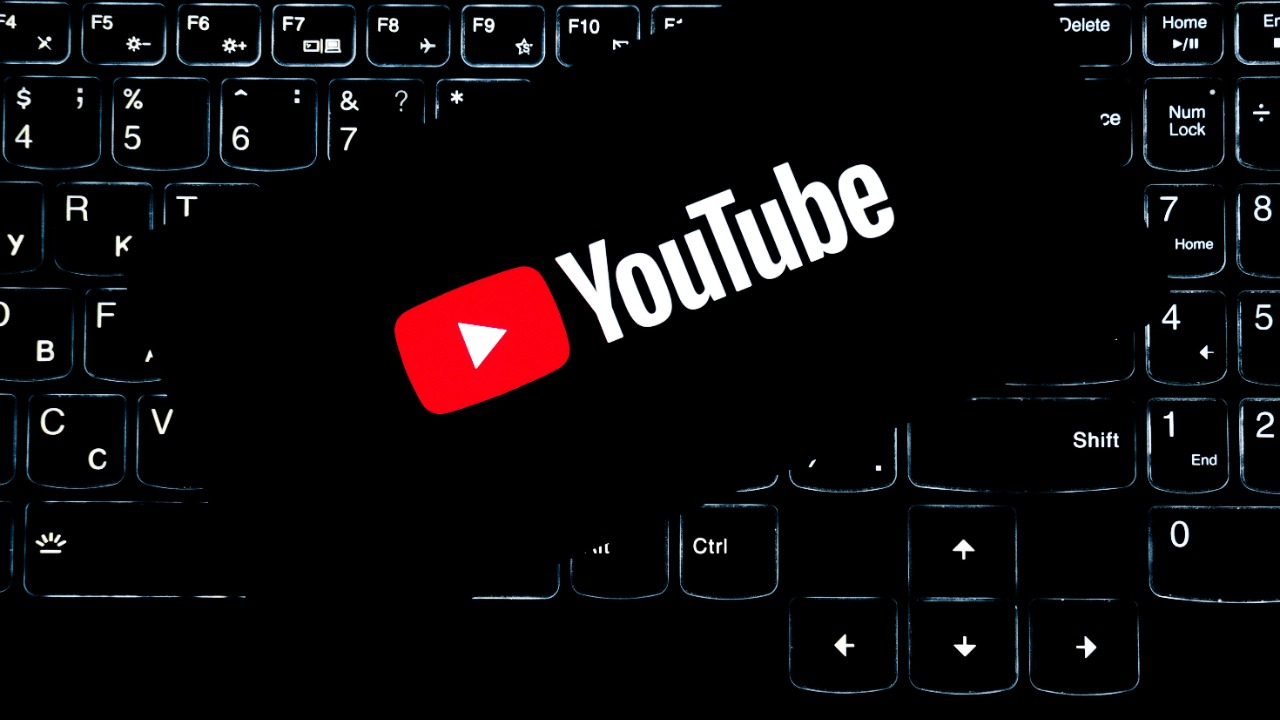
YouTube has taken a significant step in combating the proliferation of deepfakes on its platform by introducing a new tool that empowers creators to flag AI-generated video clones. This tool, announced on March 18, 2024, requires creators to disclose realistic altered or synthetic media, helping viewers distinguish between genuine and manipulated content. The initiative builds on YouTube’s existing policies against misleading content, with non-compliance potentially leading to content removal or strikes against channels. This move addresses growing concerns from creators like MrBeast, who have faced unauthorized AI imitations of their likenesses.
The New Flagging Tool Explained
YouTube’s new tool integrates seamlessly into the Creator Studio, allowing users to select options like “altered or synthetic content” during the upload process. This feature ensures that labels are visible to viewers, as outlined in YouTube’s official blog post. The tool specifically targets AI-generated content such as face swaps, voice cloning, and realistic simulations that could deceive audiences. YouTube’s policy updates require labels for content “realistic enough to be mistaken for real footage,” emphasizing the platform’s commitment to transparency.
The rollout of this tool begins with a pilot program for select creators in the U.S., with plans for global expansion. Enforcement measures include video removal for undisclosed deepfakes that violate community guidelines. This phased approach allows YouTube to refine the tool based on initial feedback and ensure its effectiveness in curbing the spread of misleading content.
YouTube’s Broader Fight Against Deepfakes
YouTube’s efforts to combat deepfakes are not new. In 2023, the platform updated its policies to mandate labels for altered content and partnered with AI detection firms like DeepMind to address the rise of deepfake videos, which exceeded 100 million views that year. These initiatives reflect YouTube’s proactive stance in tackling the challenges posed by AI-generated content.
Statistics from YouTube’s transparency report reveal the scale of the issue, with over 5.6 billion views of removed misleading content in 2023, including AI-manipulated election videos flagged in multiple countries like the U.S. and India. Kimberly Proctor, YouTube’s head of product trust and safety, emphasized the platform’s commitment to transparency, stating, “We’re giving creators the tools to be transparent while holding bad actors accountable.”
Creator Perspectives and Challenges
Prominent creators, such as MrBeast, have expressed support for the new tool, highlighting its potential to protect brand integrity. MrBeast reported unauthorized AI clones of his videos garnering millions of views, underscoring the need for effective measures to combat such imitations.
However, not all creators are equally enthusiastic. Smaller creators have raised concerns about the burden of disclosure, with surveys from Creator Economy indicating that 40% worry about over-labeling reducing engagement on experimental AI art. Additionally, the tool’s reliance on self-reporting rather than automated detection poses technical challenges, with YouTube admitting a 70% accuracy rate for AI identification in beta tests.
Implications for Viewers and Platform Trust
The introduction of labels for AI-generated content is expected to reduce the spread of misinformation. A Pew Research study found that 65% of U.S. adults are less likely to share unlabeled AI content, highlighting the potential impact of YouTube’s initiative on viewer behavior and platform trust.
Global variations in enforcement are also noteworthy. In the EU, stricter regulations under the Digital Services Act require YouTube to report AI content metrics quarterly to regulators, ensuring greater accountability. Long-term, YouTube’s commitment to “responsible AI innovation” may influence platform algorithms to deprioritize unlabeled synthetic videos, further aligning with its 2024 policy roadmap.
More from MorningOverview